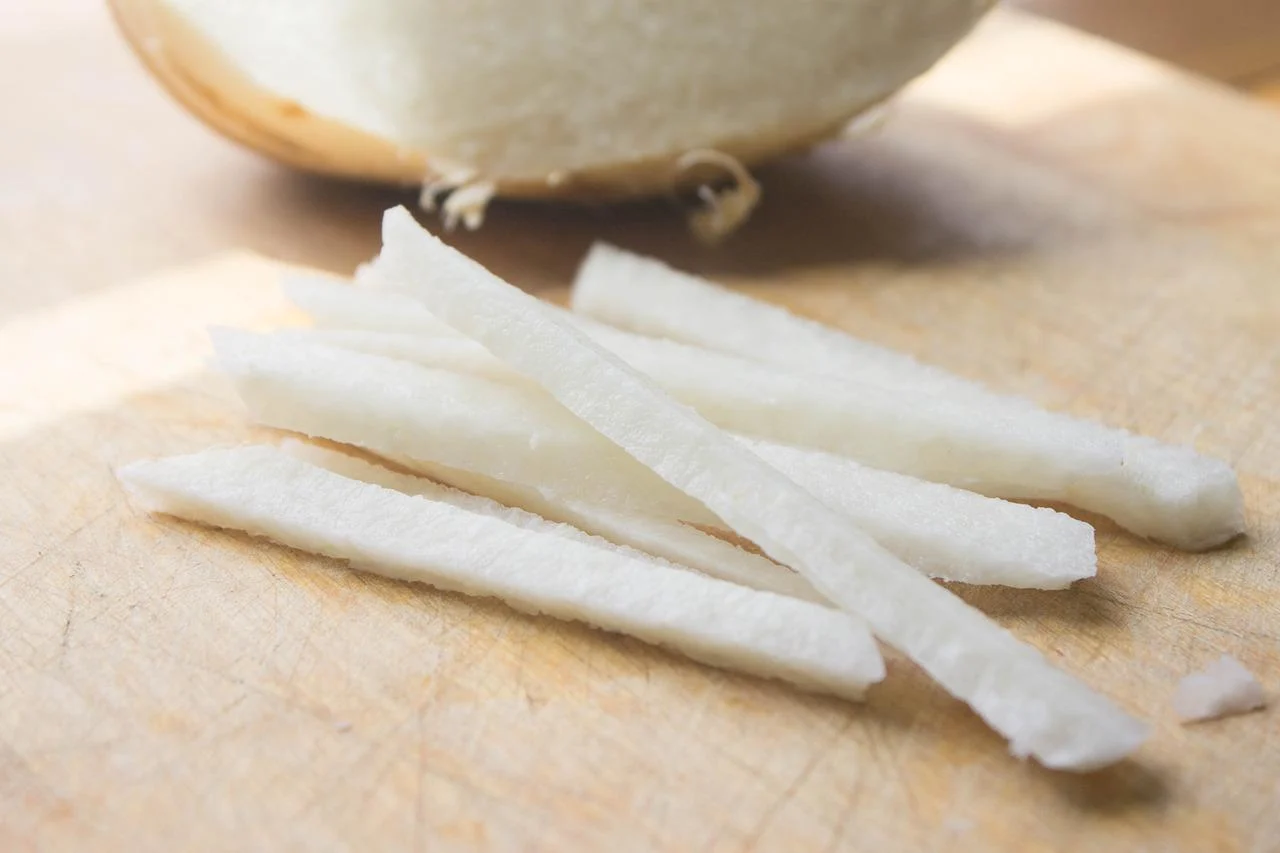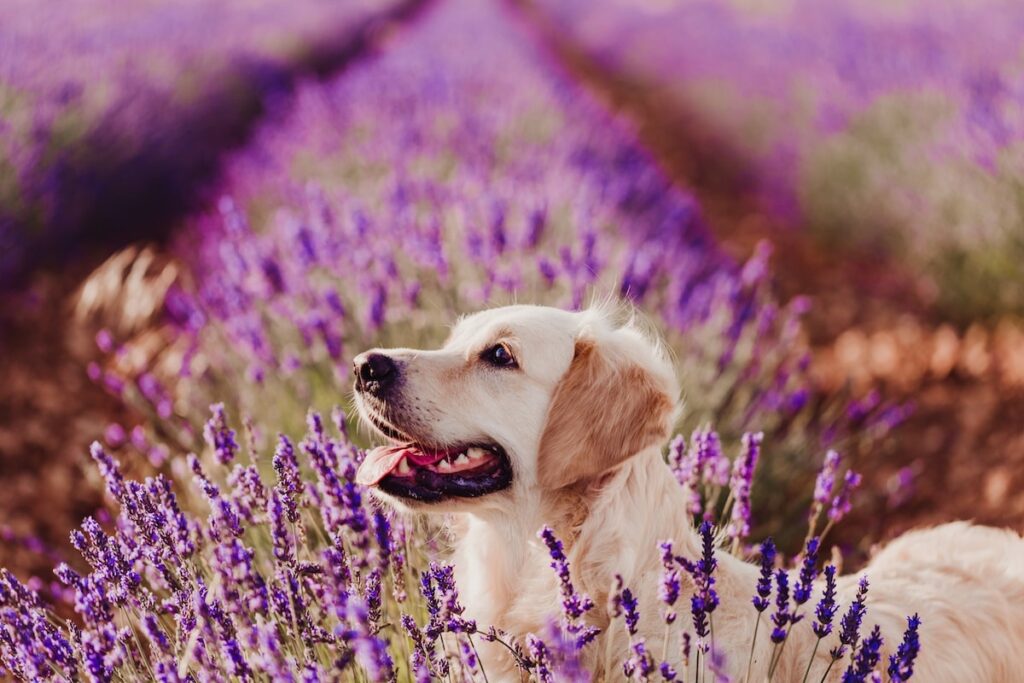Table of Contents
Dogs have long since evolved from only consuming produced dog food to thriving on a wide range of human foods. The truth is, the digestive systems and nutritional needs of our canine friends are very similar to those of humans, making healthy human food healthy for them as well.
Regardless, not all human foods are suitable for dogs. I understand how tempting it is to give your dog a little human food to munch on while you’re cooking or eating, but the truth is, you could be doing your dog a lot more harm than good if you’re not aware of the health benefits and how it can affect your dog.
However, there are foods, and then there is Jicama, a not-so-popular vegetable that tastes somewhere between sour and sweet. This vegetable is one of the nutrient-rich human foods that could easily pass for a healthy dog meal. It is rich in the healthiest nutrients, including fiber, vitamins, and minerals.
If you’re considering turning jicama into healthy homemade food for your dog, this article will tell you everything you need to know, including how safe it is to feed your dog, the health benefits it has, how to feed your dog this crunchy treat depending on its life stage and how much Jicama is too much. Let’s get digging!
Is It Okay For Dogs To Eat Jicama?
The answer is yes. Jicama is totally safe for dogs to consume as it is an excellent source of essential nutrients that can help keep your dog active and healthy.
Whether you choose to serve it sliced, boiled, or mashed, Jicama retains its nutritional benefits that can take your dog’s diet from zero to a hundred. However, the only edible part of the jicama bulb is the flesh which will be revealed after peeling the skin off. The rest of the parts, which include skin, stem, leaves, and seeds, are toxic and harmful to your dog.
What Health Benefits Can Dogs Get From Jicama?
One interesting fact is that jicama is just as beneficial to dogs as it is to people. How? Because dogs require slightly similar nutrition that of people to stay in shape and be healthy, jicama’s health benefits make it an excellent healthy treat for your dog.
So what exactly are the benefits contained in this crunchy veggie? We’ve compiled a list of some below.
1. It Helps With With Hydration
Jicama is made up of 85% of water, probably the most underrated nutrient. The high water content can help keep your dog hydrated and relieve constipation.
2. It Is High In Antioxidants
Jicama contains vitamin C, a highly effective antioxidant that can prevent or slow damage to cells and ultimately lead to a lower risk of certain chronic diseases.
3. Promotes Healthy Bowel Movements
Because of its high fiber content, too much can cause excessive bowel movements in dogs. And so, you must exercise caution in feeding jicama to your dog.
4. It Reduces The Number Of Harmful Bacteria
Jicama contains prebiotics, which are fibers that the body cannot digest. As a result, the presence of this fiber can be used to combat harmful bacteria.
How To Feed Your Dog Jicama The Right Way
Depending on your dog’s life stage, Jicama can be served in a variety of ways. For puppies, preparing Jicama requires extra care, and this is because, like babies, they need food that is simple to eat and digest.
A great way to serve puppies Jicama is by slicing it into small sticks, shredding it, or boiling it to be mashed if your dog cannot chew for any reason.
On the other hand, adult dogs can eat Jicama without any special preparation because they can easily chew it up and digest it. Once you peel off the skin of the jicama bulb to reveal the flesh, your dog can get its feast on!
How Much Jicama Is Too Much?
Now that you know jicama is a healthy diet choice, does that mean your dog’s food bowl should be overflowing with sliced jicama sticks? How exactly do you know how much jicama to feed your dog? Allow me to explain.
It is advisable to gradually introduce any new food to your dog and observe how they react to it. However, a general approach for determining how much jicama to serve is to consider your dog’s age and size.
For a puppy, it is recommended that you serve it a few sticks per day, while older dogs can take close to 2-3 bulbs per day.
Conclusion
Jicama is a fantastic addition to your dog’s diet, but not all dogs are built the same. While some dogs might eat this treat and show no reaction at all, other dogs might react adversely to it.
And so, as a dog owner, it is important to monitor your dog for any unusual signs or changes. If you notice any, please see a vet.




